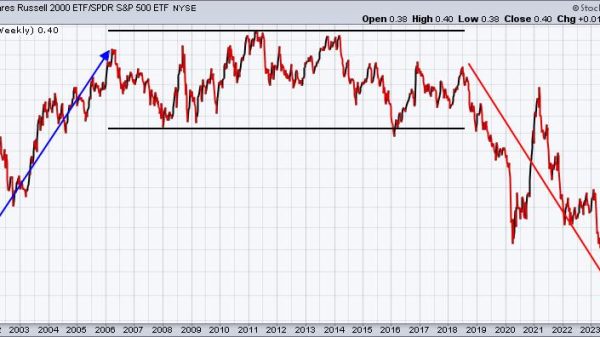Business owners consider turnover as a fundamental metric for the growth of their firm. However, beyond this surface-level figure lies a deeper narrative that distinguishes one company from another.
While two firms within the same industry may show similar turnover figures, the underlying dynamics of their revenue streams can be vastly different. The quality of turnover is an important differentiator between companies that might look similar at first sight.
Shaped by many different factors that go beyond mere numerical elements quality turnover also embodies elements of sustainable growth, customer loyalty, innovation capabilities and strategic decisions of the firm’s leadership. Let us list a number of dimensions that have an influence on the overall revenue quality of a business.
First, the origin of turnover shows crucial insights into a company’s customer acquisition strategies. Turnover derived from extensive marketing campaigns may lead to immediate results but could lack the longevity that is typically the result when you have sales by organic customer referrals. When lots of marketing money is spent to acquire new customers, the customer acquisition cost (CAC) is high. Newly acquired customers will boost turnover in a given year, but the question remains how long those customers will remain a client. In other words, will the marketing dollars lead to a higher turnover in the long run? A lot will depend on the repeat purchases of those new clients which are dependent on the ‘value for money’ that one gets from buying the product or service.
Second, the composition of turnover also reflects the innovation capabilities and product diversification power of a company. Revenue derived from cutting-edge products signals market relevance and adaptability, whereas reliance on outdated offerings can render a company vulnerable to obsolescence. Striking a balance between innovation and legacy products is crucial, ensuring sustained revenue streams. A simple question to answer is what percentage of turnover comes from products that the company did not offer five years ago. A percentage of approximately 20% typically shows a healthy balance where the firm knows how to balance selling older cash cows and new high-potential products.
Next to this, the distribution of turnover across high-margin and low-margin products will affect the profitability of a company. Ideally, the firm is selling only the products with the highest margin. Reality, however, is not so straightforward. Sometimes, a mix between ‘razors’ and ‘blades’ is needed. Some firms have products with a low margin (the ‘razors’) that they need to sell in order to sell complementary products with high margins (the ‘blades’). Think of Pepsico with Sodastream. Selling the Sodastream water maker will be a low-margin sale, but they need to do this to take high margins on the flavors and CO2 cilinders.
Also, the number of products contributing to turnover is a factor to take into account. A high product count may lead to operational complexity, potentially impeding agility, and efficiency. However, a very low product count might create concentration risk, exposing the company to vulnerabilities arising from market disruptions or competitor innovations. Finding the right balance between diversity of products and simplicity in the operations is crucial. The number of products that make up the total turnover is to some extent industry dependent, but it is still a factor to consider. Less products will typically increase the operational efficiency, leading to a better overall margin per product.
Besides, firms should measure which part of turnover comes from ‘easy-to-serve’ and ‘difficult-to-serve’ customers as it determines the scalability of the turnover. If turnover grows with 20 percent, but all growth comes from customers that need a lot of aftersales attention, you can raise the question if this is a positive thing as it will require extra resources such as potentially more FTEs at the customer success team.
Lastly, there is the predictability of turnover to consider. Do we serve clients that will come back next year or are these one-off sales? Ideally, you have a high rate of recurring revenue as the cost to serve those clients is likely to decrease the year after.
A high-quality turnover will be the result of the relationship between many different factors such as strategic choices, innovation efforts, the quality of the firm’s processes, and the efforts to be highly customer focused. As companies strive for sustainable growth, they should not merely have turnover as a KPI but also look at its building blocks that determine the overall quality of a company’s turnover.
Read more:
How good is the quality of your firm’s turnover?
























